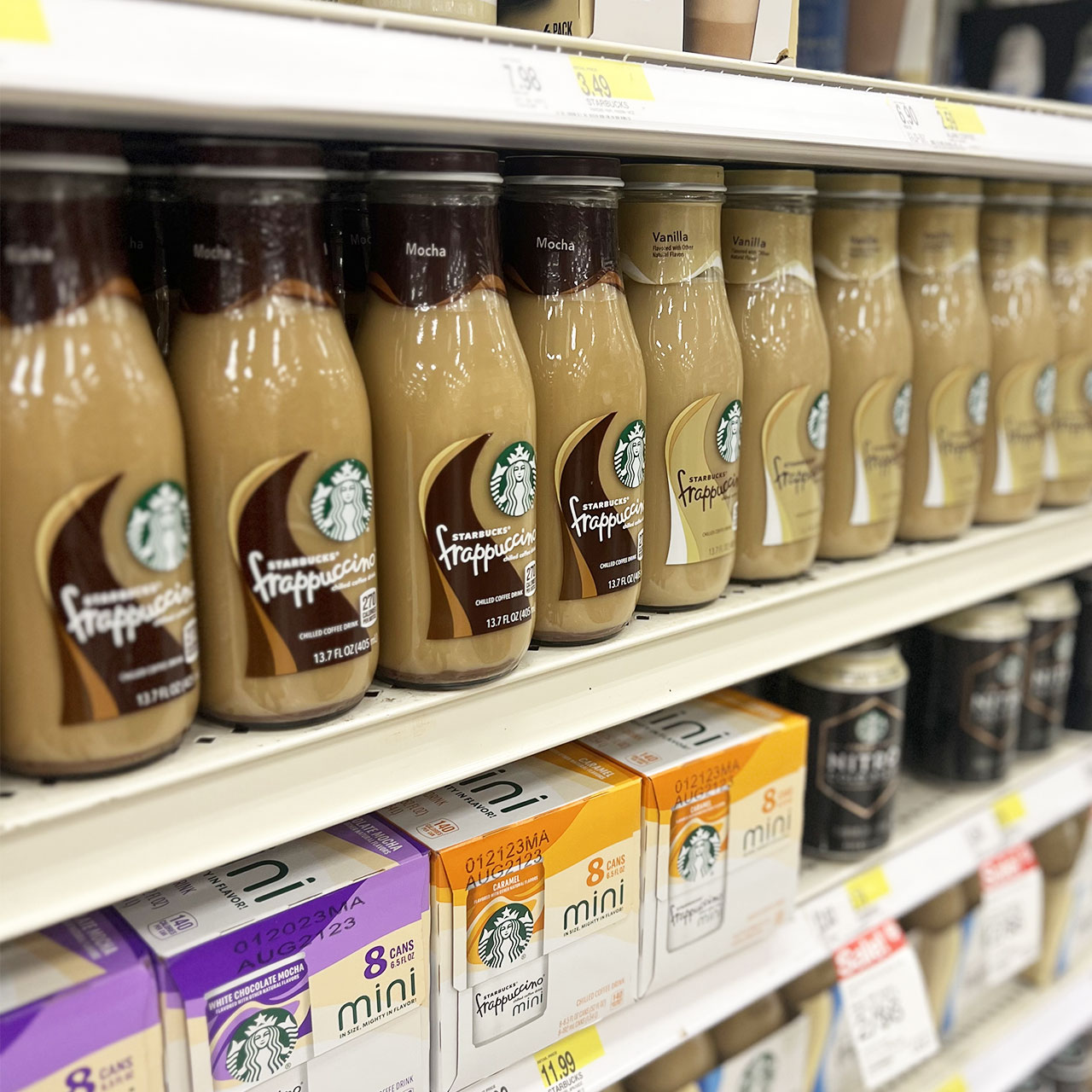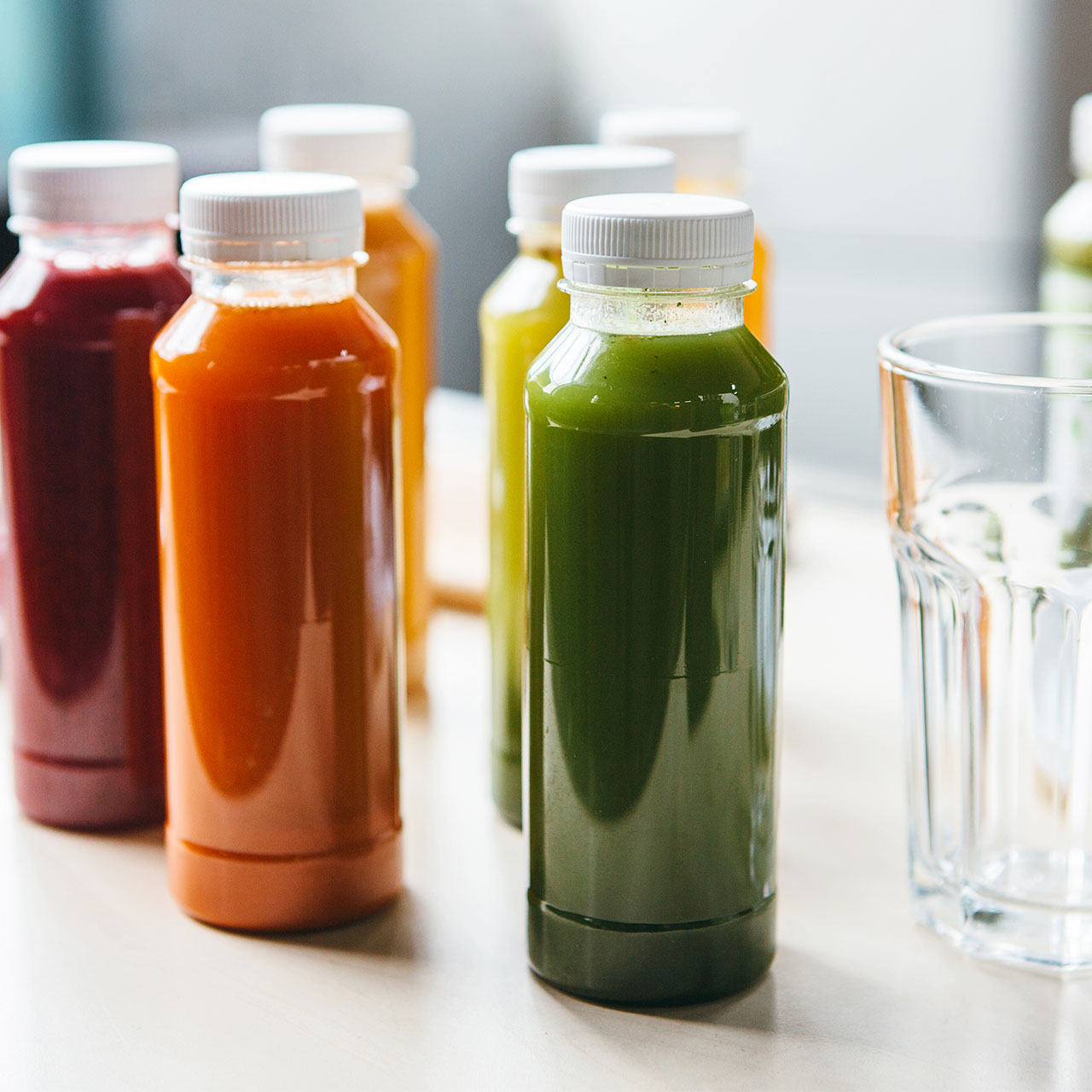Blood sugar levels play a crucial role in energy, metabolism, and overall health. When blood sugar spikes and crashes, it can lead to fatigue, cravings, and even weight gain over time. However, resetting blood sugar doesn’t have to be complicated—simple lifestyle changes are usually a good place to start.
Dr. Rachel Paul, PhD, RD, shared 10 “extremely simple and effective” ways you can reset your blood sugar levels and make weight loss “10 times easier.” According to her, some of the best places to start from are eating carbs last, chewing instead of drinking, and managing stress levels. Read on to learn more!

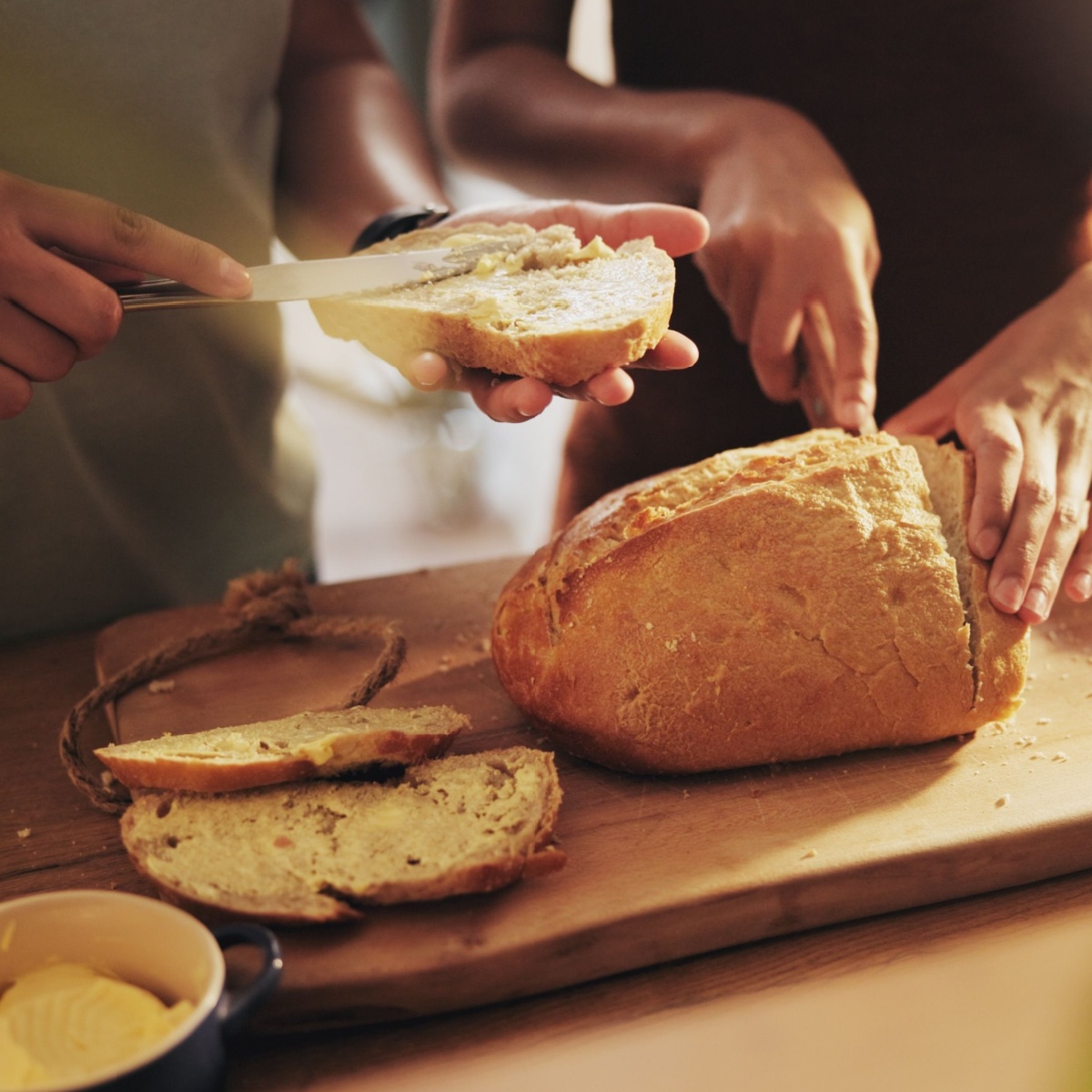
1. Eat carbs last
Dr. Paul says it's important to manage blood sugar levels because “it reduces cravings and gives you more energy.” The long-term benefits of this are that it can help manage weight loss and chronic diseases.
By eating carbs last, it slows down digestion and absorption of glucose. “If I eat bread, pasta, dessert, and even fruit on an empty stomach, my blood sugar spikes. But if you eat protein before carbs, your blood sugar does not spike nearly as much,” she says.

2. Choose grains closest to their original form
Dr. Paul recommends grains such as steel-cut oats instead of quick oats.
Whole grains take longer to digest, leading to a slower, more controlled release of glucose into the bloodstream. This helps prevent blood sugar spikes and crashes.

3. Use volumetric with carbs
This hack is a simple way of eating more but for fewer calories. “Instead of half a cup of rice, you can have three cups of cauliflower for the same amount of calories and carbohydrates,” she reveals.
Cauliflower rice will give you a lot more fiber than regular white rice, which will help to stabilize your blood sugar.
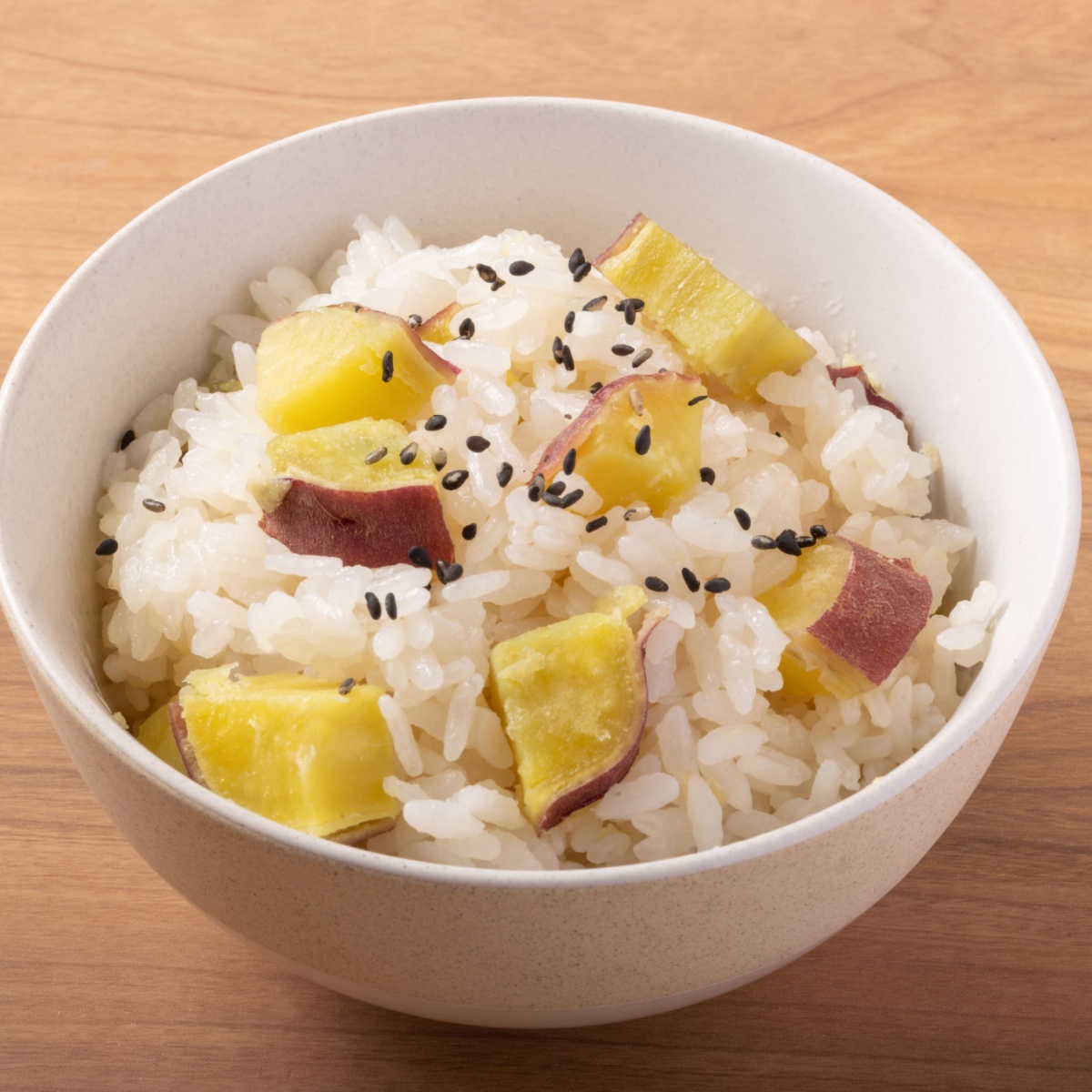
4. Eat resistant starch
Eating resistant starch and cooling foods before eating them is one lesser-known way to improve blood sugar levels. Resistant starch found in foods like potatoes, rice, and pasta becomes even more beneficial when these foods are cooked and then cooled before eating. This process, known as starch retrogradation, changes the structure of the starch, making it more resistant to digestion.

5. Chew instead of drink
“Instead of the smoothie, make a bowl of yogurt, fruit, and nut butter,” she advises. When you chew, your body processes food more gradually, allowing for a slower release of glucose into the bloodstream. Smoothies—especially those with mostly high-sugar fruit—are quickly absorbed because blending breaks down fiber, making sugars more accessible and leading to faster blood sugar spikes.
Chewing also activates digestion-related hormones that promote satiety, helping to prevent overeating and cravings. If you’ve noticed, it's a lot easier to keep on drinking your calories rather than chewing those same foods.
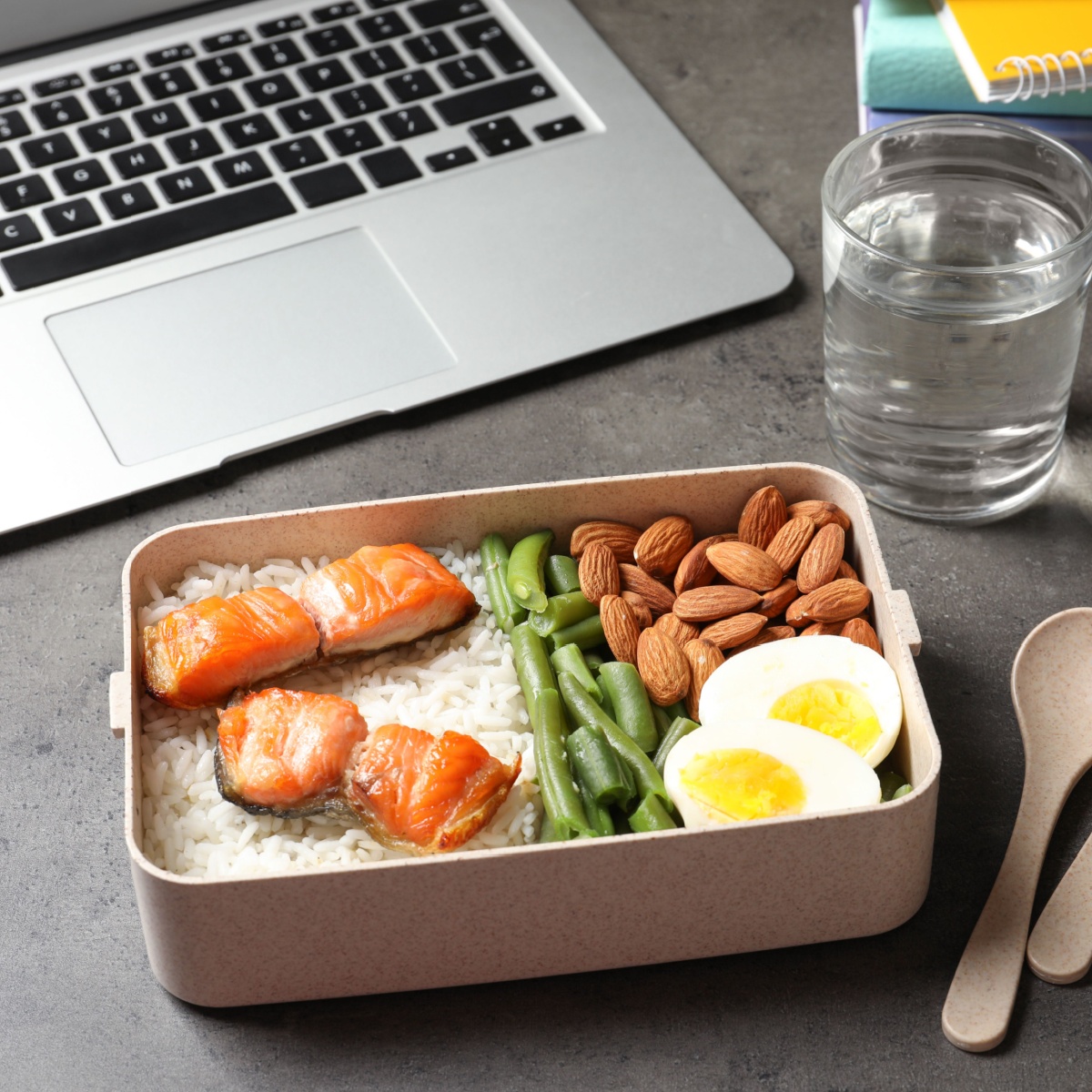
6. Eat more protein
Protein should be an important part of your diet because the health benefits are endless. Dr. Paul says to choose high-quality proteins for each meal.
Her top recommendations are cottage cheese, eggs, salmon, and yogurt.
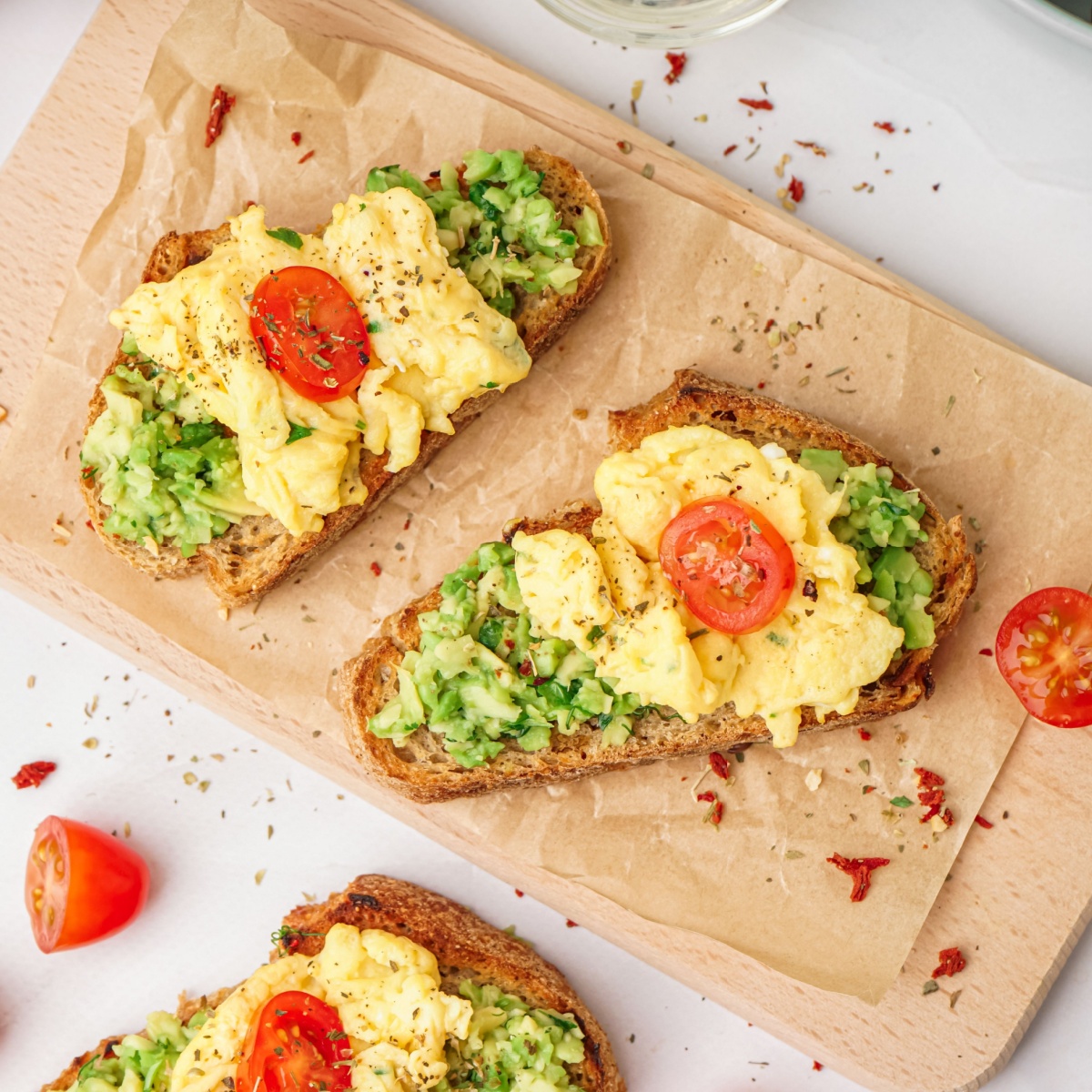
7. Create meals with protein, fat, and fiber
Every meal should be balanced to ensure you're getting all the essential nutrients your body needs. Protein will help you stay full for longer, healthy fats (avocado, nuts, and olive oil) promote steady energy levels, and fiber (vegetables, whole grains, and legumes) will support gut health.

8. Walk after meals
Walking is a simple and underrated way to lose weight and manage blood sugar levels. Dr. Paul advises that you should go for “a 10-minute walk after your meals.”
She adds, “When I first started tracking my blood sugar; I was shocked at how effective [walking] was.”

9. Get enough sleep
When you don’t get enough sleep, your body produces more cortisol (the stress hormone), which can lead to higher blood sugar levels and insulin resistance. She states to make sure you’re aiming for 7-8 hours each night.

10. Manage stress levels
“Talk to a professional, exercise, and get tasks off your plate” to make sure your stress levels are low, she suggests.
Chronic stress is closely linked to an increase in cravings for sugary, high-carb foods, making blood sugar harder to control. Things such as deep breathing, meditation, and physical activity are some other ways to help manage it.















